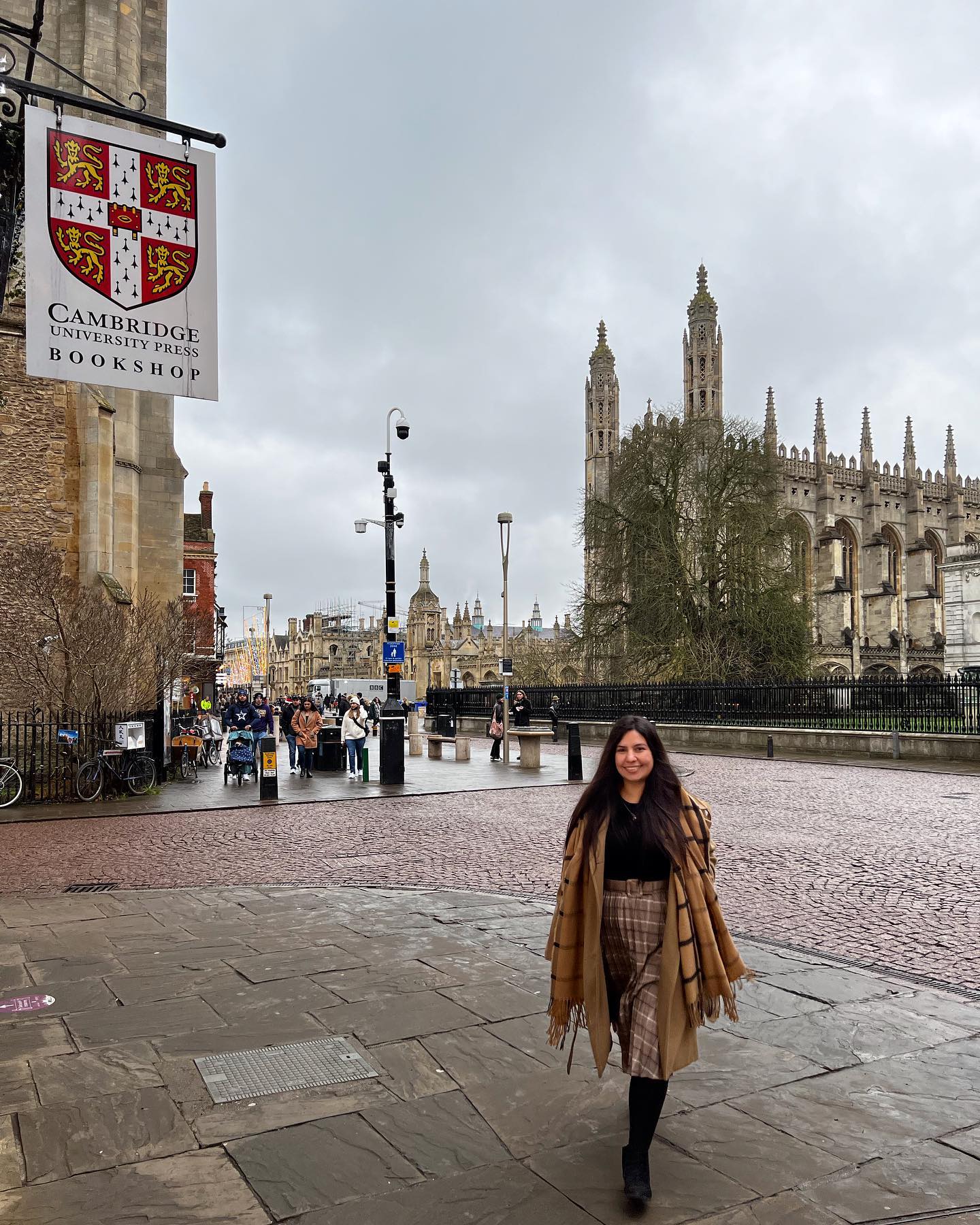The work defines the artist thesis.
If the work itself is lacking in conceptual and expressive substance, so will any written material relating to it, and may read, at best, as nonsense and at worst, as being disingenuous (a.k.a. ‘bullshit’). Having said this, it should be noted that there is a certain reiterative and circular relationship between doing and thinking/writing. This cyclic activity is one which is best characterized as being like an ongoing critique of work in progress. In other words, writing about, and around, your work should help clarify and organize your understanding of the work. This process will also point to undercurrents, even new directions, in the work that you may not have been fully aware of until now.
You should form a habit of examining work and writing around it. Describe the work (its materiality), and state what the work is about (its emotionality). Do this with simple and concise statements. Identify any assumptions you bring to the work, such as personal history and narrative, or cultural references. Examine the intent and purpose of the work, and how and why this may have changed as the work evolved. Consider how you do the work and how the work expresses your ideas through its material. Especially, write about where it may express ideas despite the limitations of the material, and where it may do so because of the materials being used. Ask yourself why intention matters and consequently why the work matters, always remembering that you work from a mix of intellect, emotion and artistry/technique.

A thesis, or extended essay that analyzes the work, will grow from a collection of notes. A thesis should be organized, as with most essay forms, by an introductory section, the body, and a conclusion.
A good artist thesis always lays out relationships between the form of the work and the ideas generated by that body of work.
A thesis is about the work—therefore, it is always written in 3rd person form. Remember to check for grammar and spelling errors, then check for this again. It helps to read drafts out aloud, or to ask someone else read them out to you. Write in complete sentences and avoid a chatty, conversational approach.
Introduction is like

The introduction is like a large red dart on a map that tells the reader where they are. It should broadly describe what the reader is going to consider, provide a general context for the work, and importantly, present an argument or specific objective that forms the thesis statement. A thesis statement should be self-evident, and can usually be expressed in one or two sentences.
The body of the artist thesis

The body of the artist thesis, as may be obvious, forms the bulk of the writing. In the case of an art thesis, it is illustrated, and follows the writing protocols according to the Chicago Manual of Style. The body presents supporting arguments for the thesis via an organizing set of categories. Each category lays out conceptual, cultural, and philosophic relationships with the formal (the visual/material) and technical aspects of overall body of work. This analysis usually takes the form of presenting an overarching idea, describing how it manifest in a particular work or even some detail of it, then relating both the idea and work to another category, or cultural, philosophic, or conceptual concern. Always keep reminding the reader of where they are on the thesis ‘map.’ The body is rarely presented as a chronological discussion of works.
Conclusion
A conclusion sums up the arguments, reiterates how these arguments support the thesis, and may even include a précis of new directions.
Overall, a thesis helps place the work in a globalized context, making the particulars of the artist’s expression more relevant to a broader realm of human experience. It finds connections and similarities between the work being discussed and other works and cultures, thereby creating new contexts and insights. A thesis deepens the creative process, fosters discussion, generates ideas, and inspires communication.
